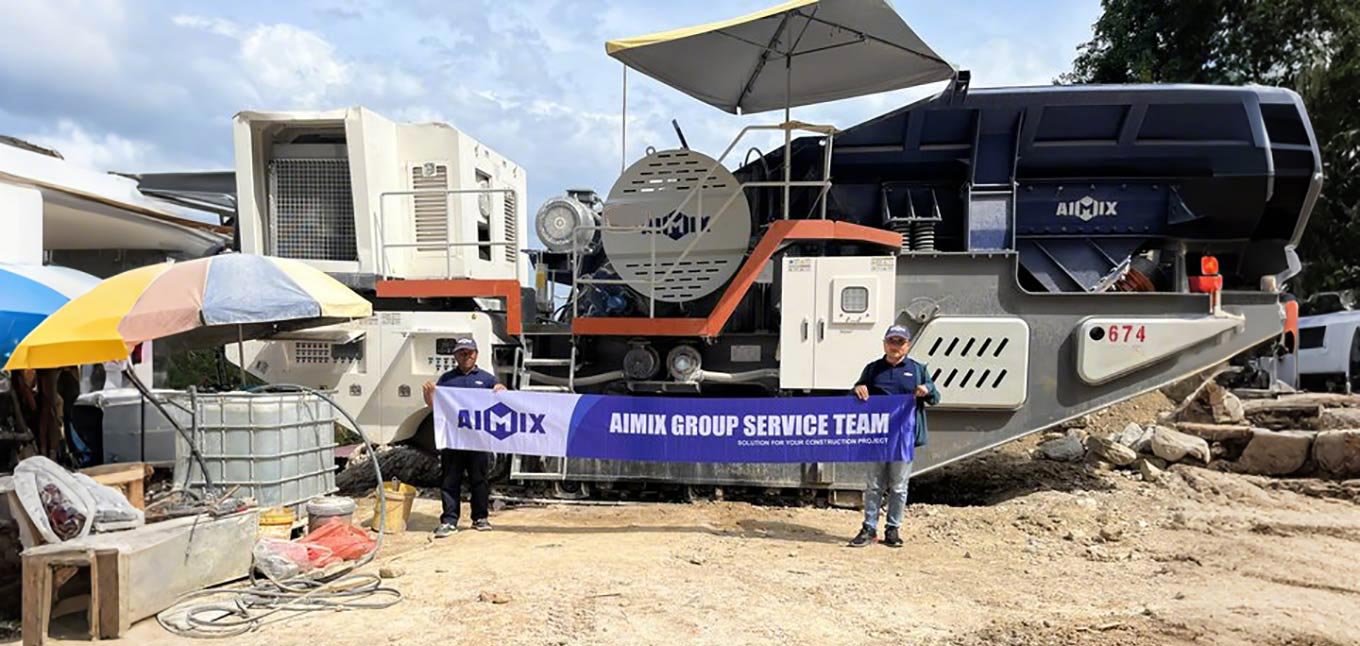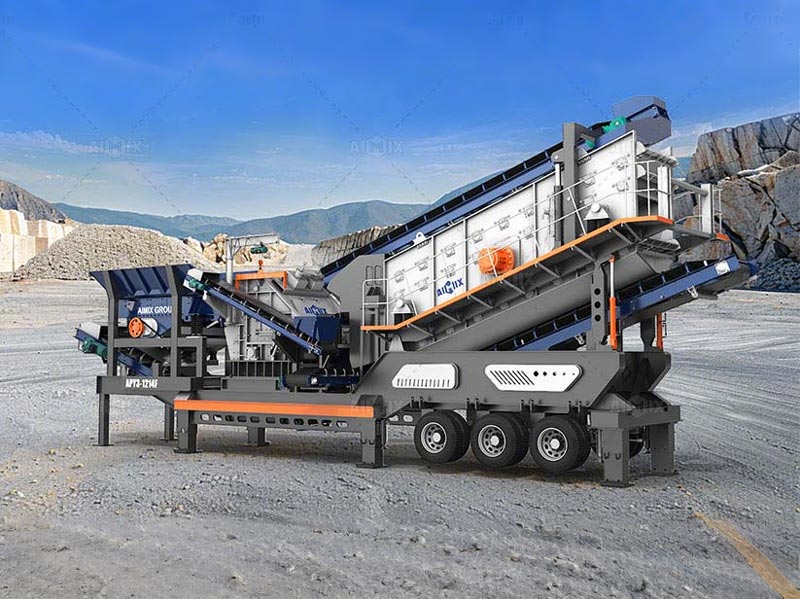Portable Power: Why Mobile Aggregate Crushers Are Replacing Stationary Units
The aggregate industry is undergoing a fundamental shift as mobile crushing solutions increasingly displace traditional stationary plants. This transition reflects not just improved equipment capabilities, but a rethinking of how material processing integrates with modern construction logistics. Mobile crushers now deliver 80-90% of stationary plant throughput while offering unparalleled flexibility—a combination that is rewriting the economics of aggregate production across quarrying, recycling, and construction applications.
Logistical Advantages Driving Adoption
Mobile crushers eliminate the most significant cost in aggregate production: material transport. By processing rock at the extraction face or demolition site, they reduce haulage requirements by 60-80%, directly translating to lower fuel consumption and carbon emissions. Modern track-mounted units can relocate across large sites in under 30 minutes, allowing operators to follow optimal material zones rather than hauling inferior stone to fixed plants.
The financial impact is measurable. A 2023 industry study found mobile crushers reduced per-ton production costs by $3.50-$5.20 compared to stationary setups in mid-sized quarries. This advantage grows exponentially in remote locations where haul distances exceed 10km, making previously marginal deposits economically viable. Municipal recycling operations report even greater savings—up to $8/ton—by eliminating landfill fees while creating sellable product directly at demolition sites.

Technological Parity with Stationary Systems
Recent advancements have erased the performance gap between mobile and stationary crushing. Today's premium mobile crushers feature:
- 400-500 tph capacity rivaling mid-sized stationary plants
- Multi-stage crushing circuits on single chassis (jaw/cone/impact combinations)
- Closed-loop screening with recirculating conveyors for precise grading
- Automated wear compensation maintaining product consistency
These technological leaps allow mobile units to produce specification aggregates meeting DOT, ASTM, and EN standards. Intelligent control systems now automatically adjust aggregate crusher parameters based on real-time feed analysis—a capability previously exclusive to fixed installations. The result is mobile plants that achieve 90-95% of stationary plant output with far greater operational flexibility.

Economic Advantages Beyond Mobility
The financial case for mobile crushing extends well beyond transport savings:
Lower Capital Commitment
Mobile crushers require 40-60% less initial investment than comparable stationary plants, with faster ROI timelines (typically 18-24 months vs. 3-5 years).
Reduced Site Infrastructure
No need for concrete foundations, permanent power hookups, or extensive conveying systems cuts installation costs by 75-90%.
Operational Flexibility
The ability to service multiple sites or relocate within large projects improves equipment utilization rates to 85-90%, versus 50-60% for stationary plants.
Regulatory Compliance
Modern mobile units are designed to meet stringent noise and dust regulations in urban environments where stationary plants would never receive permits.
The aggregate industry's mobile transformation reflects broader trends toward decentralized, on-demand production. As fuel costs, environmental regulations, and project timelines grow more demanding, mobile crawler crusher offer a compelling combination of performance and adaptability that stationary plants cannot match. Their ability to deliver high-quality aggregate exactly where and when it's needed—without the constraints of fixed infrastructure—makes them the clear choice for forward-thinking operators. The question is no longer whether mobile crushers can replace stationary units, but in which specialized applications fixed plants will remain relevant.
